
Running Commentary 11/30/2020
Hello,
This past week was Thanksgiving, so here’s a special Thanksgiving-themed Running Commentary.
Watching…
The Mandalorian
The Mandalorian Chapter 13 released Friday, bringing another fan-favorite to live-action. Here are my notes. SPOILERS
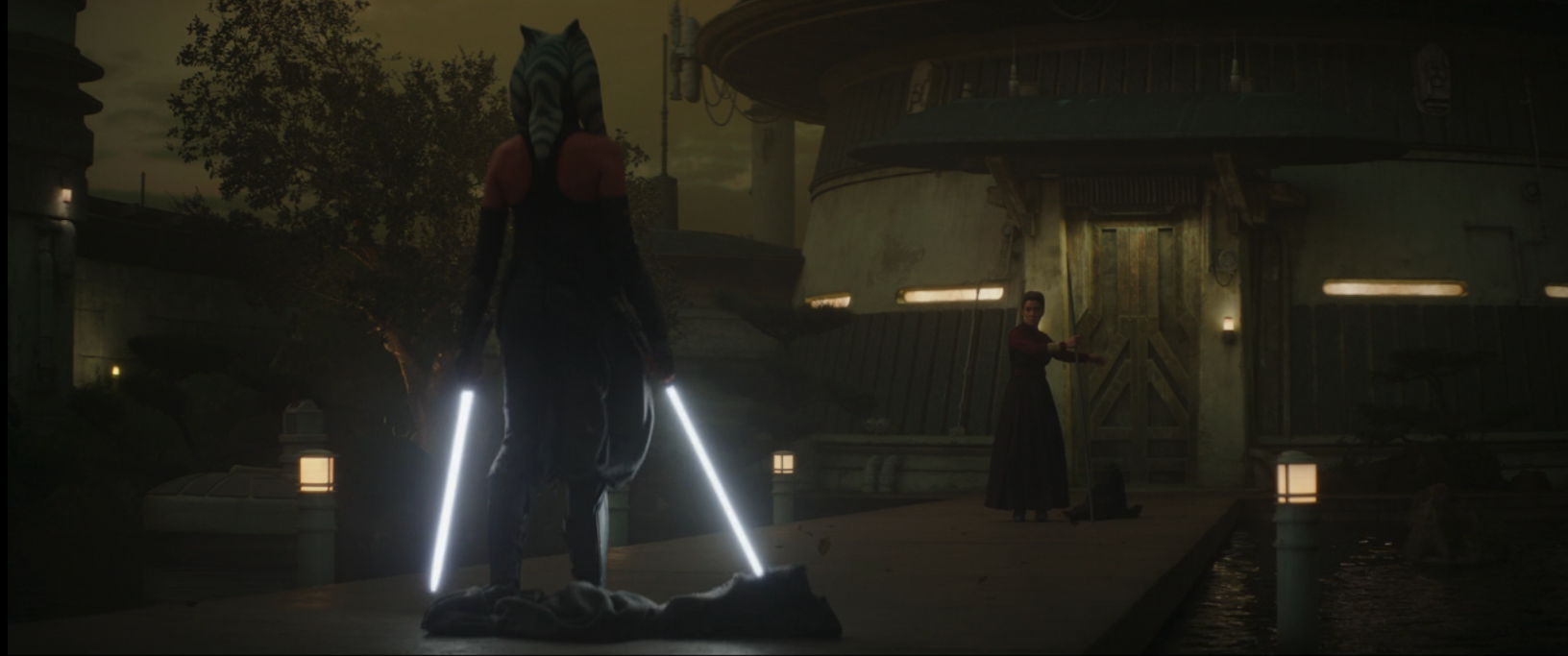
- I was curious to see how that would bring Ahsoka Tano into this show, considering that she has so much backstory but is still unfamiliar to many Star Wars fans. In contrast to Cobb Vanth, there wasn’t really any re-cap of her backstory; she was simply a survivor of the Jedi purges that Bo-Katan knew of. That’s all Djarrin knew, and that’s all the audience needed to know.
- Add Rosario Dawson, Diana Lee Inosanto, and Michael Biehn to the List.
- Baby Yoda’s name is Grogu. Noted.
- Dave Filoni wrote and directed this episode. It did feel very much like a Clone Wars/Rebels story, albeit with a bit stiffer fight choreography. I’d chalk that up to differences in directing animation vs. live-action.
- Is Boba Fett in this show?
- I was confused what situation Djarrin was walking into this episode, which is a problem, since “Din Djarrin shows up and helps someone with their situation” is the general episode-by-episode premise of the show. I was able to understand that the villain was bad, well enough, but I wasn’t really sure what her deal was. She’s apparently some destroyer of worlds, but now she’s conquered some random town, and is hanging out in a garden all day? She’s not Imperial, or, at very least, she doesn’t have stormtroopers at her disposal, but she’s working for Thrawn?
- Speaking of Thrawn, I’m taking his name-drop as confirmation that we’ll be getting that rumored Ahsoka spin-off. I can’t really see him as a Mandalorian villain. I suppose Mandalorians, Djarrin especially, have the kind of strong cultural identity that Thrawn likes to study and exploit, but the end of Rebels(which I’ll try not to spoil here) set up a specific story involving him and Ahsoka, and I think that story should be its own thing, not appended onto The Mandalorian.
Thanksgiving
I also watched the Macy’s Thanksgiving Parade, as I do every year, and then the National Dog Show. I don’t know anything about purebred dogs, but I did not like the Scottish Deerhound that won the whole thing as much as it’s fellow Hound group competitor, the Afghan Hound.
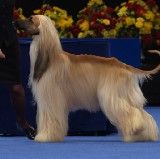
Warframe
Not much to say this week except that I’ve finally completed all quests in the game, having gotten around to finishing the Limbo Theorem. That quest was the way to get Limbo, and I already had Limbo Prime, and the quest was alternating excavation and archwing interception missions, so I just hadn’t played it yet. But I hate having loose ends like that, so I completed it this week. I have Limbo cooking in the foundry right now; later I’ll level him for the mastery points and feed him to the Helminth.
BattleBots
A reminder, that BattleBots premiers this Thursday at 8:00pm ET on the Discovery Channel, in the U.S. In other countries, it will be on other channels.
My Favorite New Bots:
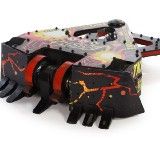
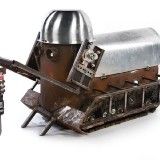
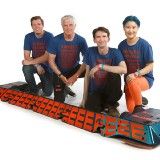
My Favorite Returning Bots:


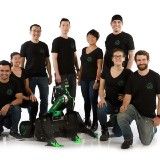

Pies, ranked
Thanksgiving is pie time. Here’s my rank of standard dessert pies (so no pot pies, pizzas, cheesecakes, etc.)
- Pumpkin Pie — The best pie. I’ve not had sweet potato pie, but that seems similar
- Key Lime Pie
- Blueberry Pie — If you disagree, you haven’t had a good one. Canned blueberry pie filling is terrible.
- Various Fruit Tarts — All of these are mostly the same. I guess I prefer raspberry.
- Cherry Pie — Canned filling is fine for this one.
- Derby Pie — A Louisville, KY thing, served during the Kentucky Derby. It’s similar to Chess Pie, but with chocolate and nuts in it.
- Apple Pie — Precisely mediocre pie. Make an apple crisp instead.
- Strawberry Pie
- Chocolate Pie
- Coconut Cream Pie
- Pecan Pie
- Lemon Meringue Pie
- Peach Pie — much worse than it should be, for some reason.
- Mincemeat Pie
Bird of the Week
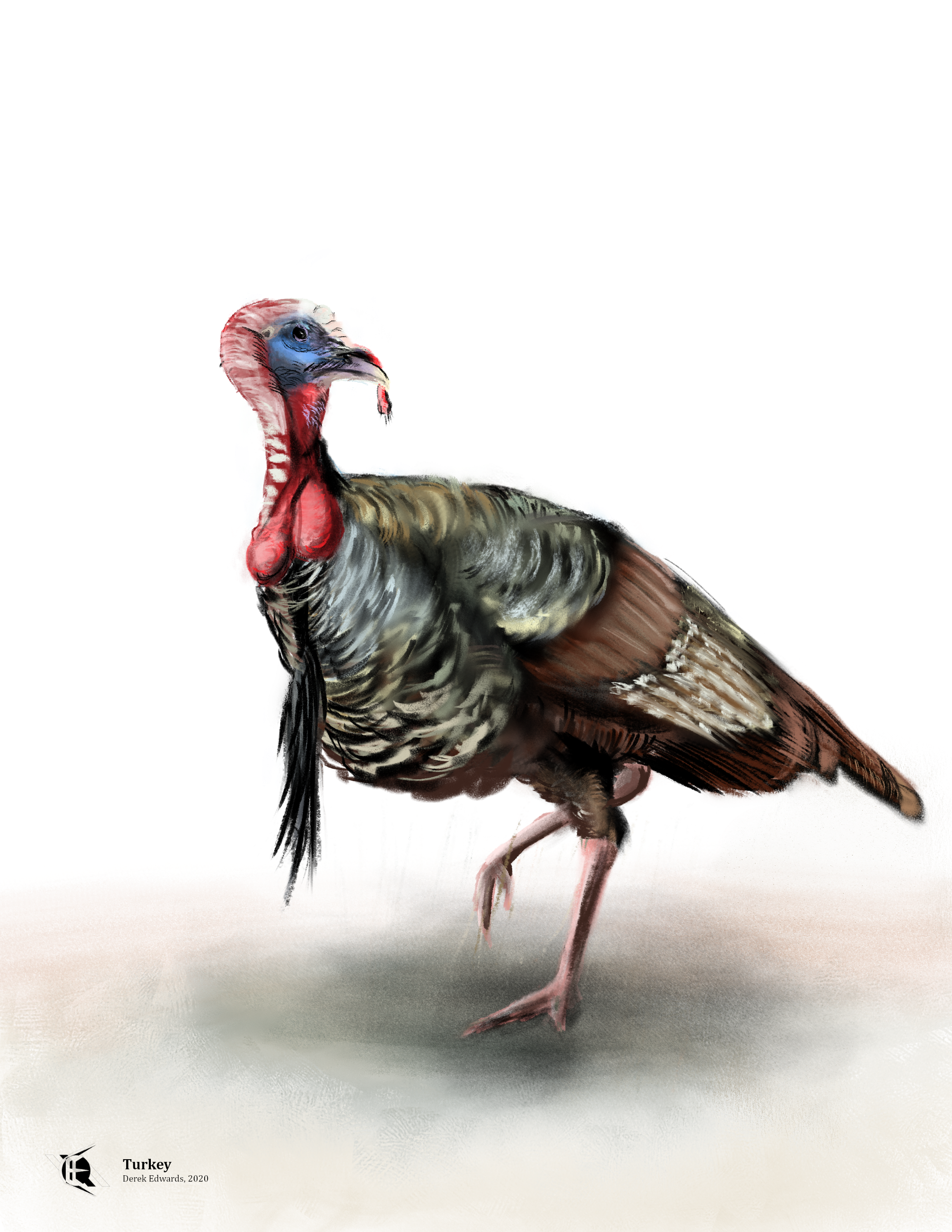
With the Thanksgiving holiday just past, what more fitting bird of the week could there be than the Wild Turkey? Well, perhaps it would have been most fitting to have this one featured last week, heading into Thanksgiving, rather than this week, playing catch-up, but I didn’t really have any good drawings of turkeys for last week. This one, for those of you wishing for a behind-the-scenes look at things, was a sketch done on Thanksgiving day, while watching the annual events discussed above. I used the new Charcoal KA brushes exclusively in this one, to try to familiarize myself with them.
Turkeys are members of the pheasant family native to the Americas, where they are generally the largest birds, besides swans, to be encountered in the wild. Their great size and general abundance has made them a popular game bird, and a target for domestication as livestock. Wild turkeys are able to fly, at least in short, noisy bursts, but they generally stay on the ground. They are closely tied to the U.S., culturally, being the traditional centerpiece of the Thanksgiving feast, and having been nominated as a candidate for National Bird during our founding.
I generally try to talk about the names of birds if there’s an interesting story, as there is with the turkey; why is an American bird named after a country in the Near East? And, to be clear, they are named after Turkey, the country. It’s not a case of a native word that just sounded like “Turkey” to explorers. Apparently, it was the custom of the English, back in the day, to refer to everything imported from lands east of Germany as “Turkey”, since such things often routed through Constantinople. One such import were African guineafowl, which were called, in British slang, “Turkey coqs” or “Turkey hens”. Then, after the Columbian exchange got going, either American turkeys were imported through Constantinople and mixed up with the guineafowl, and named similarly, or English settlers encountering the large birds in the Americas named them after the imported birds they were already familiar with.
In any case, Anglophones aren’t the only people to name Maleagris gallopavo after some country in Asia. Many languages, including French, Russian, Hebrew, and, indeed, Turkish, refer to turkeys with a term meaning “India fowl” or “Indian”. Again, it’s unclear why; either they were imported aboard Indian ships, or they were so named after Columbus’s insistence that the Carribian islands were the Indies. In Portuguese, they are named after Peru.
In Spanish they are “pavos”, from the Latin term for peacocks, though in Mexico they are often also called “guajolotes” which derives from their Aztec name. This is the closest they seem to get to having a name of their own; even their scientific name is just a list of birds they resemble: Maleagris (guineafowl) gallo (chicken) pavo (peacock).
Curation Links
North America’s most valuable resource is at risk | Tim Folger, National Geographic
A report on pollution in the Great Lakes, which has gone from familiar industrial waste to agricultural run-off, which has encouraged toxic algal blooms.
40 Years Ago, We Almost Blew Up Arkansas | Vince Guerrieri, Popular Mechanics
A history of the Damascus Incident, wherein the fuel tank of an intercontinental ballistic missile stationed near Damascus, Arkansas exploded, flinging a live nuclear warhead out into the wild.
The Dreamlike Fungi that Thrive in Nature’s Damp Corners | Jan Vermeer, National Geographic
A photo essay showcasing mushrooms of the world.
Oyster Mushroom Revolution | Shaina Shealy, Proof from America’s Test Kitchen
[AUDIO] Speaking of mushrooms, here’s a report on the surging popularity of oyster mushroom farming in post-war Rwanda. 35:59
America’s Never-Ending Battle Against Flesh-Eating Worms | Sarah Zhang, The Atlantic
Once upon a time, North America was home to something called a screwworm, a parasite that eats mammals alive. Since the mid-20th Century, the USDA has taken it upon themselves to eradicate these horrible things from the continent, saving livestock and many animals and people besides. Zhang reports on how this was accomplished, what is still done to keep them out, and what Panama has to do with it.

RIP David Prowse

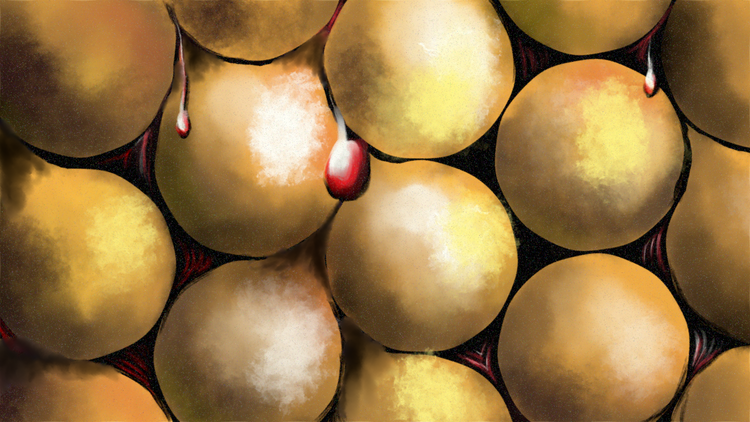



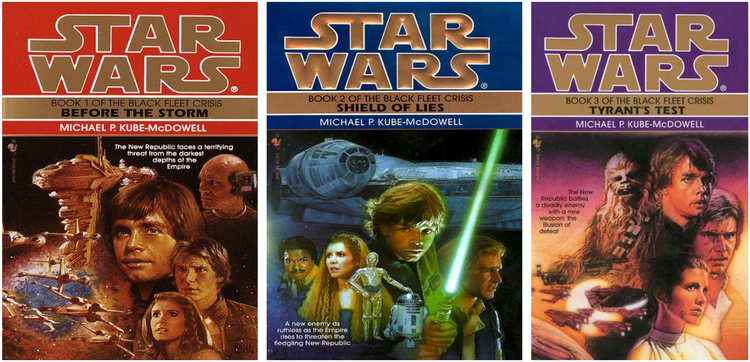
Member Commentary